What Is Osteoporosis? Osteoporosis means “porous bones.” It is a disorder of the bones in which the bones become brittle, weak, and easily damaged or broken. A decrease in the mineralization and strength of the bones over time causes osteoporosis. This significant bone loss increases the risk of fracture. About half of women 50 and older will have an osteoporosis-related fracture in their lifetime. Symptoms of Osteoporosis Osteoporosis may not cause any apparent symptoms. Patients may not know they have osteoporosis until they break (fracture) a bone. In fact, significant bone loss may already have happened without the knowledge of the patient. Back pain, caused by changes in the vertebrae, may be the first sign that something is wrong. How does osteoporosis occur? In order to understand the role of bone mineral density scanning, it is important to know about how osteoporosis occurs. Bone is a living tissue and is constantly being remodelled. This is the natural, healthy state of continuous uptake of old bone (resorption) followed by the deposit of new bone. This turnover is important in keeping bones healthy and in repairing any minor damage that may occur with wear and tear. The cells that lay new bone down are called osteoblasts, and the cells responsible for resorption of old bone are called osteoclasts. Osteoporosis occurs as a result of a mismatch h between osteoclast and osteoblast activity. It is commonly a result of ageing, change in normal hormones as occurs after menopause, and with diets low in calcium and vitamin D. In osteoporosis, osteoclasts outperform osteoblasts so that more bone is taken up than is laid down. The result is a thinning of the bone with an accompanying loss in bone strength and a greater risk of fracture. A thinning bone results in a lower bone density or bone mass There are two major types of bone. Cancellous bone (also known as trabecular bone) is the inner, softer portion of the bone, and cortical bone is the outer, harder layer of bone. Cancellous bone undergoes turnover at a faster rate than cortical bone. As a result, if osteoclast and osteoblast activity become mismatched, cancellous bone is affected more rapidly than cortical bone. Certain areas in the body have a higher ratio of cancellous bone to cortical bone such as the spine (vertebrae), the wrist (distal radius), and the hips (femoral neck). What are the risk factors for Osteoporosis? You are more likely to develop osteoporosis if you: Are female Are 50 or older Are postmenopausal Have a diet low in calcium Have an intestinal problem that prevents calcium and vitamins from being absorbed Lead a sedentary lifestyle Are thin Take certain medications, such as prednisone Are Caucasian or of Asian descent Smoke; Drink too much alcohol Have a family history of osteoporosis Have had at least one “fragility” fracture (one caused by little or no trauma) What are the complications of osteoporosis? (Pictorial presentation like poster) Limited mobility and loss of independence. Reduced quality of life Increased risk of fractures Most often break bones in the hip, spine, and wrist Fractures – can be severely painful and debilitating. Fractures of the spine – loss of height, a stooping posture, and persistent back and neck pain. Hip fractures – most serious impact. Most hip fractures require hospitalisation and surgery; some hip fracture patients require nursing home placement. How Is Osteoporosis Treated? A balanced diet rich in calcium and vitamin D A healthy lifestyle : Say no to smoking and alcohol An exercise plan Medications, if needed To maintain bone density, our bone demands extra calcium other minerals along with vitamin D. How to prevent fall? Men and women with osteoporosis need to take care not to fall down. Falls can break bones. Some reasons people fall are: Poor vision Poor balance Certain diseases that affect how you walk Some types of medicine, such as sleeping pills. Some tips to help prevent falls outdoors are: Use a cane or walker. Wear rubber-soled shoes so you don’t slip. Walk on grass when sidewalks are slippery. In winter, put salt or kitty litter on icy sidewalks. Some ways to help prevent falls indoors are: Keep rooms free of clutter, especially on floors. Use plastic or carpet runners on slippery floors. Wear low-heeled shoes that provide good support. Do not walk in socks, stockings, or slippers. Be sure carpets and area rugs have skid-proof backs or are tacked to the floor. Be sure stairs are well lit and have rails on both sides. Put grab bars on bathroom walls near tub, shower, and toilet. Use a rubber bath mat in the shower or tub. Keep a flashlight next to your bed. Use a sturdy step stool with a handrail and wide steps. Add more lights in rooms. Buy a cordless phone to keep with you so that you don’t have to rush to the phone when it rings and so that you can call for help if you fall
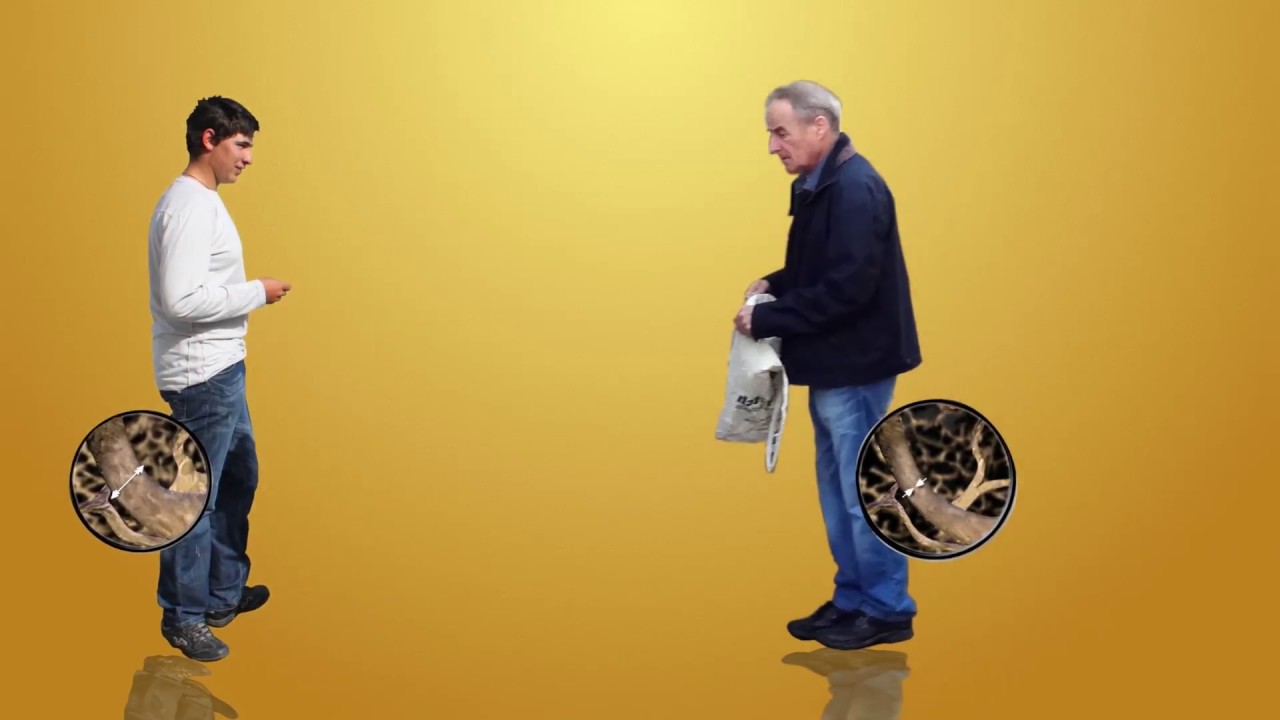
What is Osteoporosis?
- Post author:
- Post published:May 29, 2021
- Post category:Uncategorized
- Post comments:0 Comments
You Might Also Like

What is cardiovascular exercise — Definition of cardiovascular endurance
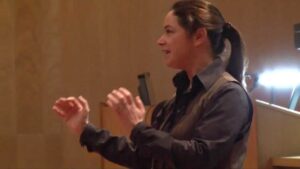
Abnormal Psychology Video – 3

Human Body, Body Building Muscle Building Anatomy Physiology Video – 25

World’s Best Multivitamins at CHEMIST SHOP | Cheapest | Guaranteed Results

Orthopedics Video – 2

What is Fat?

5 foods to eat after a workout and why
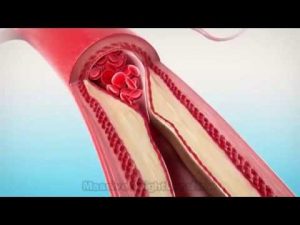
Fat Loss Diet – Weight Converter
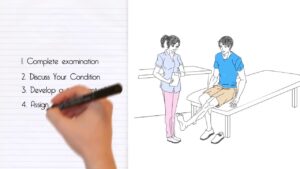
Physiotherapy in Rehabilitation Video – 9
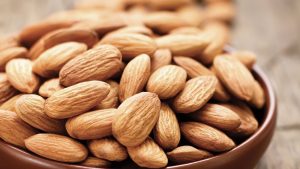
Lower High Blood Pressure Fast | Cure Hypertension Naturally

Clinical Supplementation Video – 3
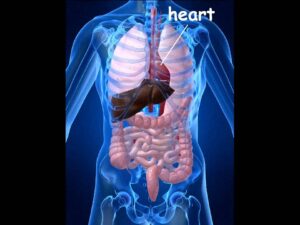
INTERNAL ORGANS
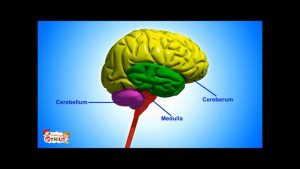
Brain Parts & Functions video for Kids from www.makemegenius.com

How to Plan Workouts in a Week

Sugar Free, Low Sugar Video – 28

Aura Reading Video – 1
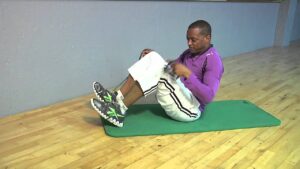
Leg Presses Without Machines : Simple & Effective Exercises

Dutasteride vs Finasteride – Hair, Side effects and More
One Arm Row Dumbbell-4
Supplements
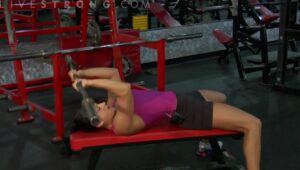
How to Do Lying Barbell Extensions

“Complete Blood Count (CBC) Test” by getLABtested.com
Liver Protecting Medicine Silymarin
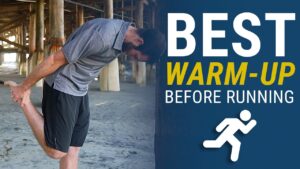
How To Warm Up for Your Run WITHOUT Stretching | It’s Science

How to Use Your BMR (Basal Metabolic Rate) to Lose Weight – Dr Mandell
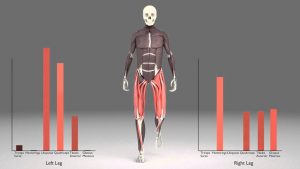
Leg Muscles During Walking

8th Month Pregnancy Diet |Which Foods to Eat When You’re Pregnant|List for 8th Month Pregnancy Diet
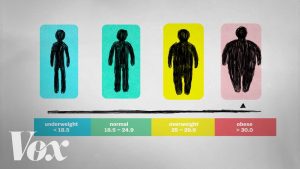
What BMI doesn’t tell you about your health
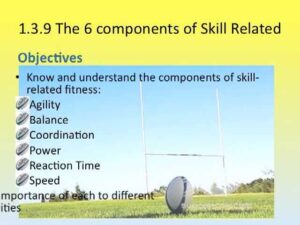
6 components of Skill related fitness

CPR Cardiopulmonary Resuscitation Video – 6
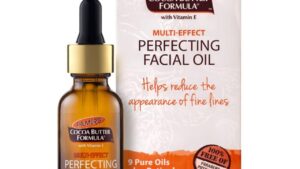
Carrier Oils Video – 4

Is jaundice very serious?
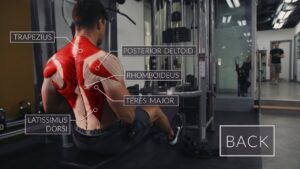
Exercise Anatomy: Back Workout | Pietro Boselli

Healthy Pregnancy Diet | Parents
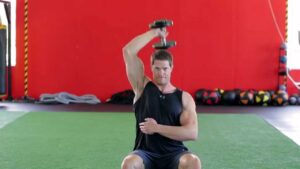
One-Arm Dumbbell Tricep Extension
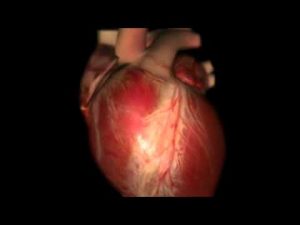
How the Heart Works 3D Video.flv
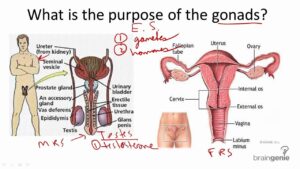
8.2.7 Gonads – Structure and Function

Modern Pentathlon Video – 4
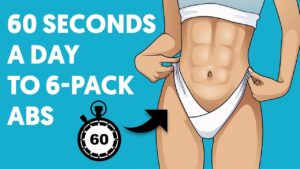
6 Packs Abs Video – 2
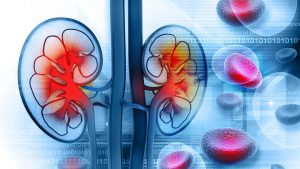
Dr. David Samadi – Blood In Urine – Should You Worry?

How to Check Your Blood Sugar

